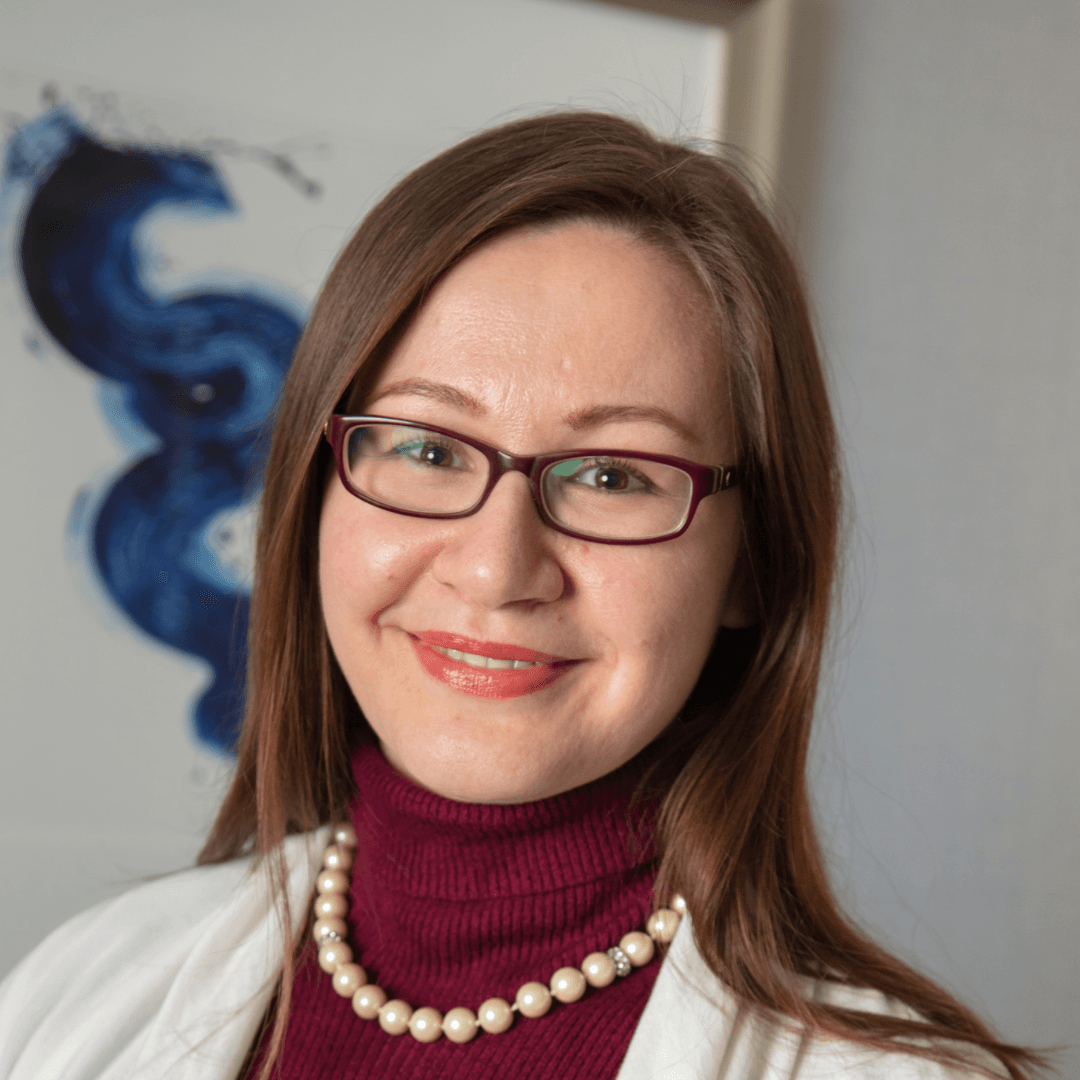Overview
What are warts?
What are the main signs and symptoms of warts?
How are warts diagnosed?
What are some of the main medical treatments for warts?
Have any supplements been studied for warts?
How could diet affect warts?
Are there any other treatments for warts?
What causes warts?
Examine Database: Warts
Research FeedRead all studies
Comparative efficacy of the MMR vaccine and vitamin D for warts
In this randomized controlled trial in 112 participants, wart clearance was higher with injection of the measles, mumps, and rubella (MMR) vaccine than with injection of vitamin D.
Frequently Asked Questions
Are there different types of warts?
Do my warts need to be treated?
Can a wart be cured?
How can I avoid getting warts?
What are the risk factors for getting warts?
References
Examine Database References
- Wart Severity - Sharquie KE, Khorsheed AA, Al-Nuaimy AATopical zinc sulphate solution for treatment of viral wartsSaudi Med J.(2007 Sep)
- Wart Severity - Al-Gurairi FT, Al-Waiz M, Sharquie KEOral zinc sulphate in the treatment of recalcitrant viral warts: randomized placebo-controlled clinical trialBr J Dermatol.(2002 Mar)


